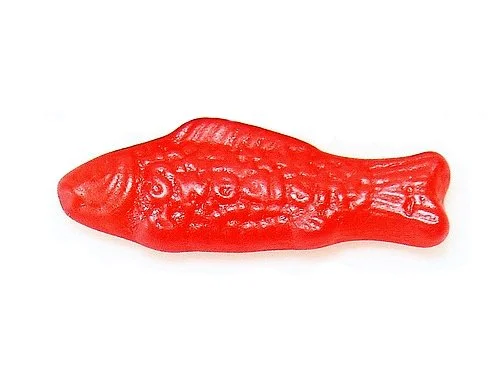The other day I was sitting in a meeting with my brand analysis hat on, listening to Pam, my business partner, present a plan for brand alignment to a very bright client. I like listening to Pam’s presentations because her mind works so differently from mine. I always learn something. This time, though, my attention was distracted by a person sitting near me. The thinning, spikey hair with the lightened tips. The slim, rectangular glasses. The worked-out, aging body clothed in the latest techno-wear from REI, chosen to give a sense of health and youth where health and youth are ebbing. Behold: The Branding Hack.
In computer companies, it has become standard for people to scan their email while sitting in presentations. It's incredibly rude, it’s a waste of time, since you can’t hear when you are reading, but it's pretty much standard. However, the hack was taking this behavior a step further. Pretending to listen to Pam, he was looking down at his G-4, scanning the client’s website, familiarizing himself with the way they thought of themselves, then looking up at her and smiling, as if he were listening to her fresh insights.
Lesson one: To be a hack: Pretend to be doing one thing while doing another. Smile when you’re faking it. Prep for the meeting in the meeting. Wear clothes prescribed by the “How Not to Look Old” book.
After Pam’s concise presentation, I looked forward to what the hack would say when it was his turn to comment, since he had not actually heard what she said—or had heard a Swiss Cheese version of it, at best. He executed a beautiful sidestep. After a denigrating comment or two, (“Well, I’m sure that was very interesting in its way, but let’s now get down to the real work at hand….”) he launched into such an effulgence of branding jargon that for a moment I was concerned that my senses were not functioning properly and that I had lost my command of the English language. When I fought my way out of the haze, he was exhorting the client to “utilize his unique capabilities and expertise to drive growth and increase loyalty by leveraging the company’s most valuable asset.” I think by that he meant that he wanted them to hire him.
Lesson two: To be a hack: try to create alliance with client by denigrating other members of the team. Combine this with self-enhancing jargon that makes you sound big and strong to yourself and to less-intelligent clients. Review their site and feed their copy back to them. Never deviate from what they have already done. Do not rock the boat. Pretend to rock the boat by speaking aggressively. But suggest nothing really new. Ever. This can work with fearful middle-managers.
After the cloud of jargon had settled, I looked to the client to see which way she was going to fall. Clear thinking and new ideas on Pam's side, Time worn epithets and templated responses on the other. She's a bright one. The cloud o' epithets did not sway her. But in other cases, I have seen clients be swayed hugely. It's comforting to get all het up over nothing. It is comforting to talk about nothing and not have to change. If you are a hack yourself, you're going to like what a hack says to you.
Truth to tell, I felt sorry for the guy. He was pompous, he was rigid, he seemed desperate for the business. But most of all, his appalling lack of originality, shark-like lack of integrity, and shopworn ironic pose made him a person whose best work will have been his setting of an example of what not to be.

